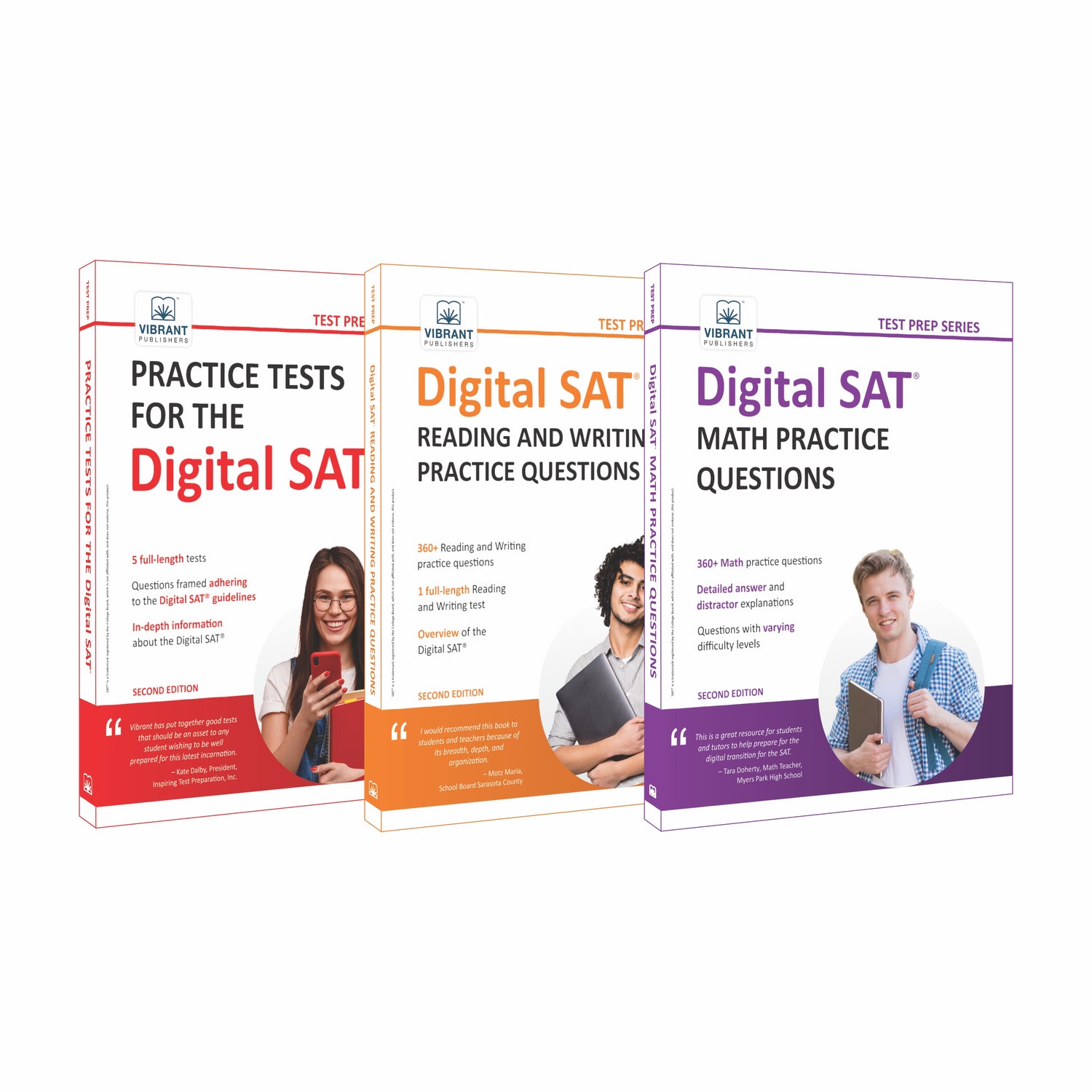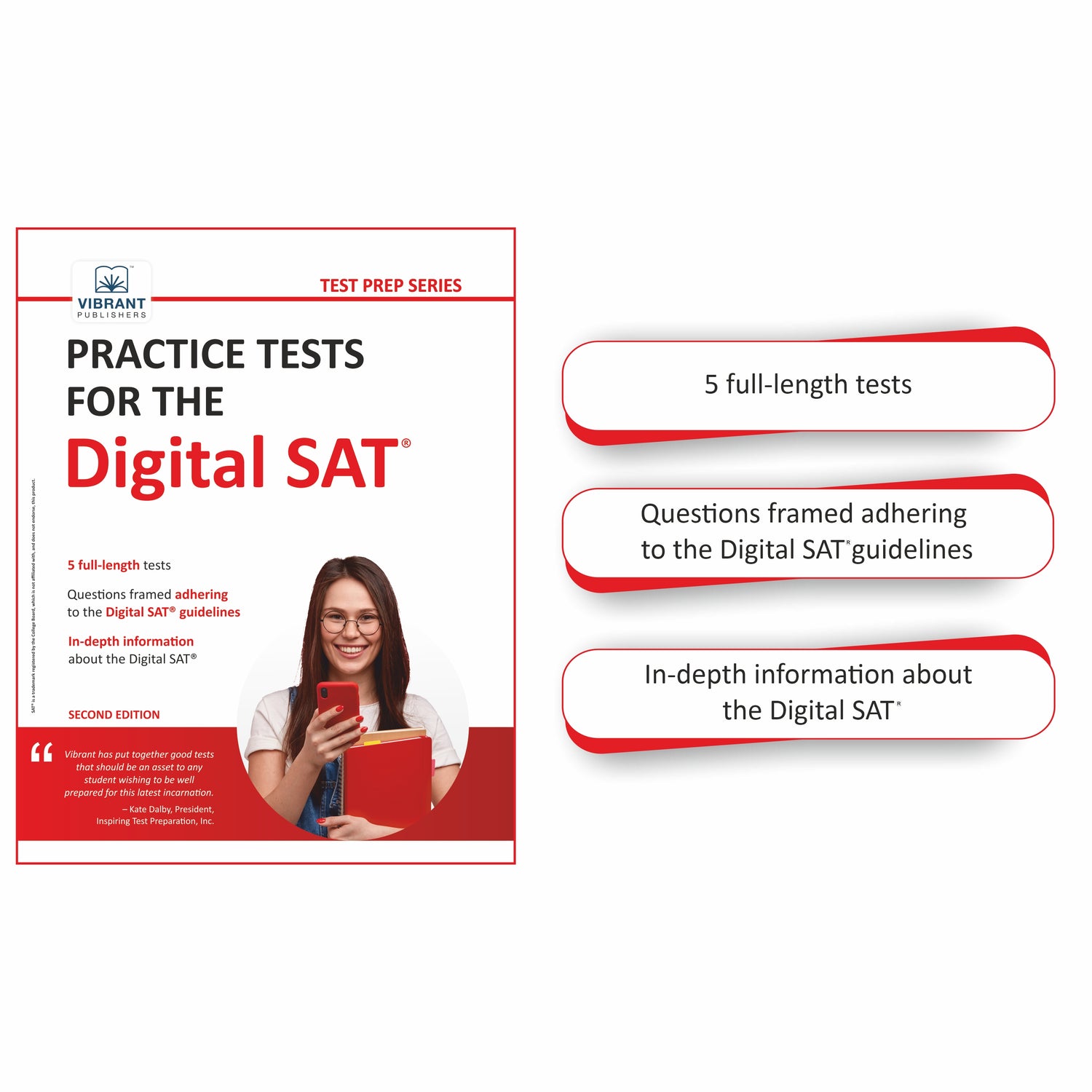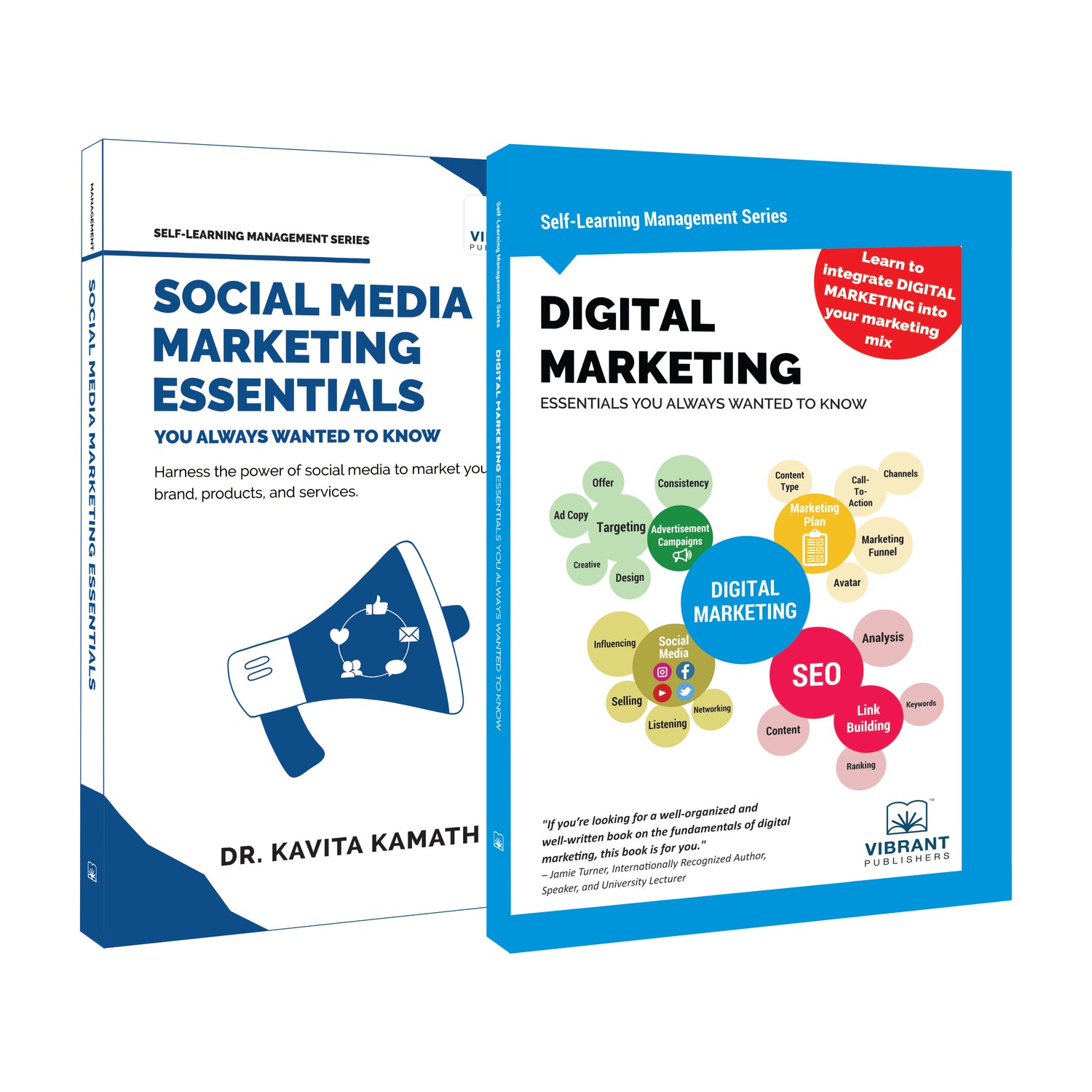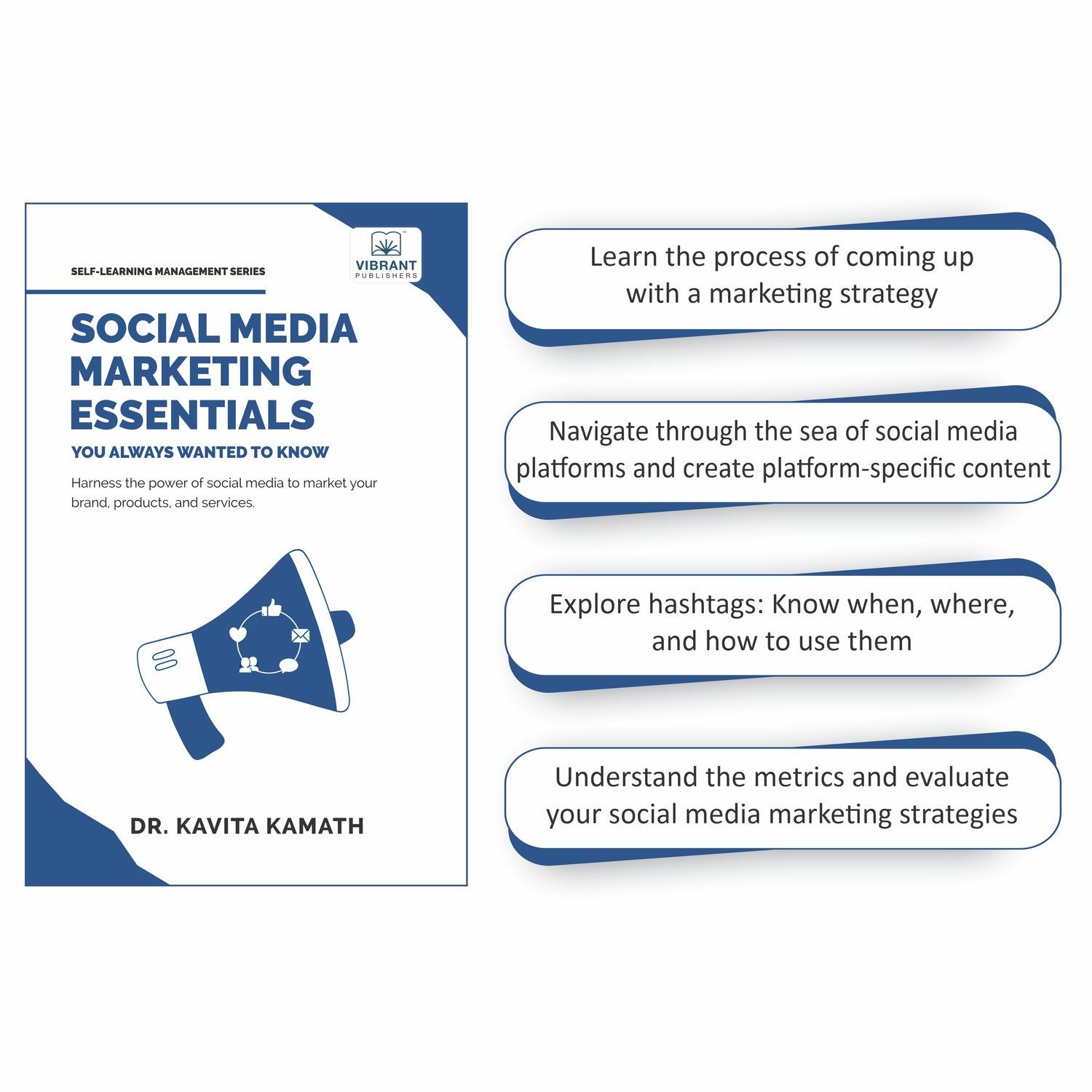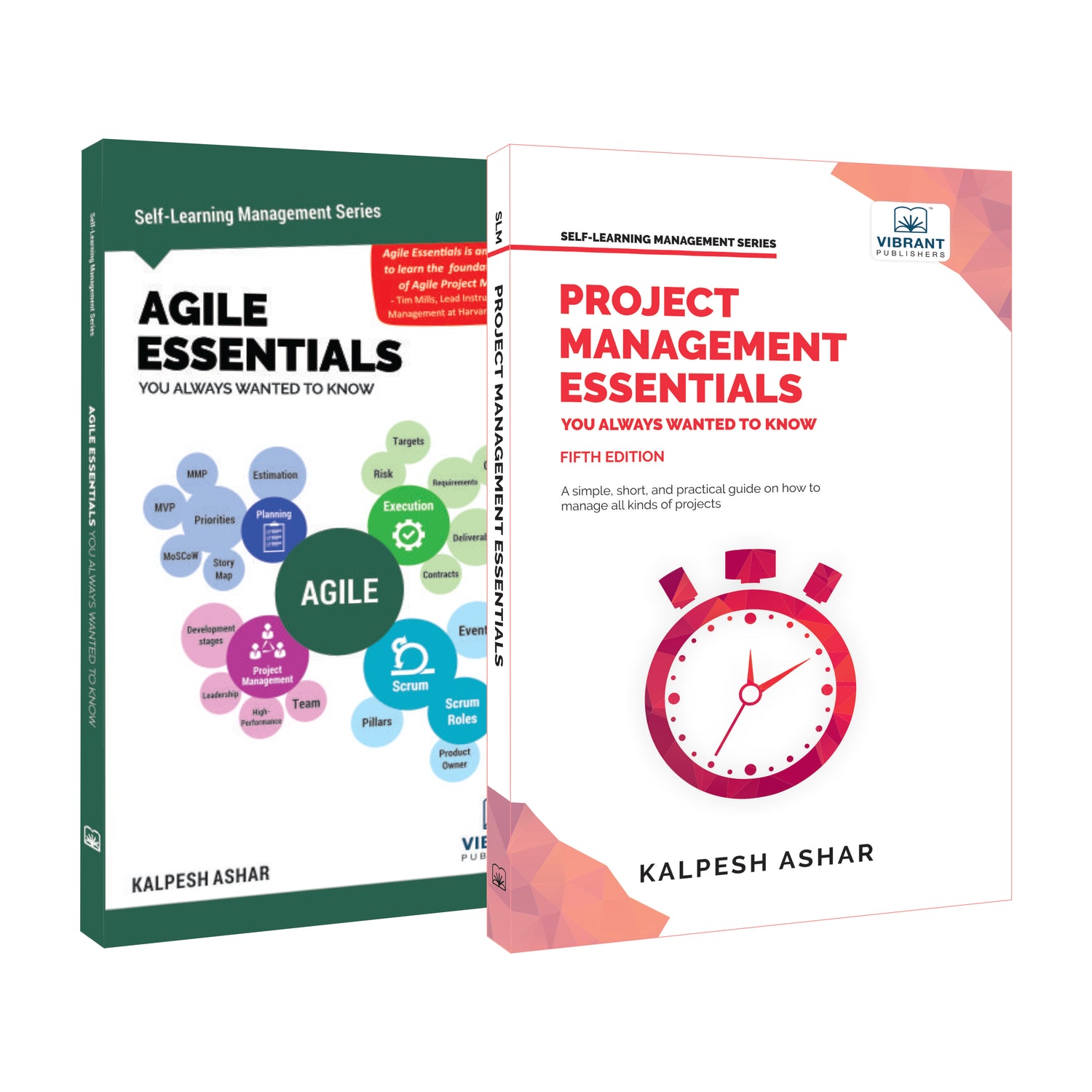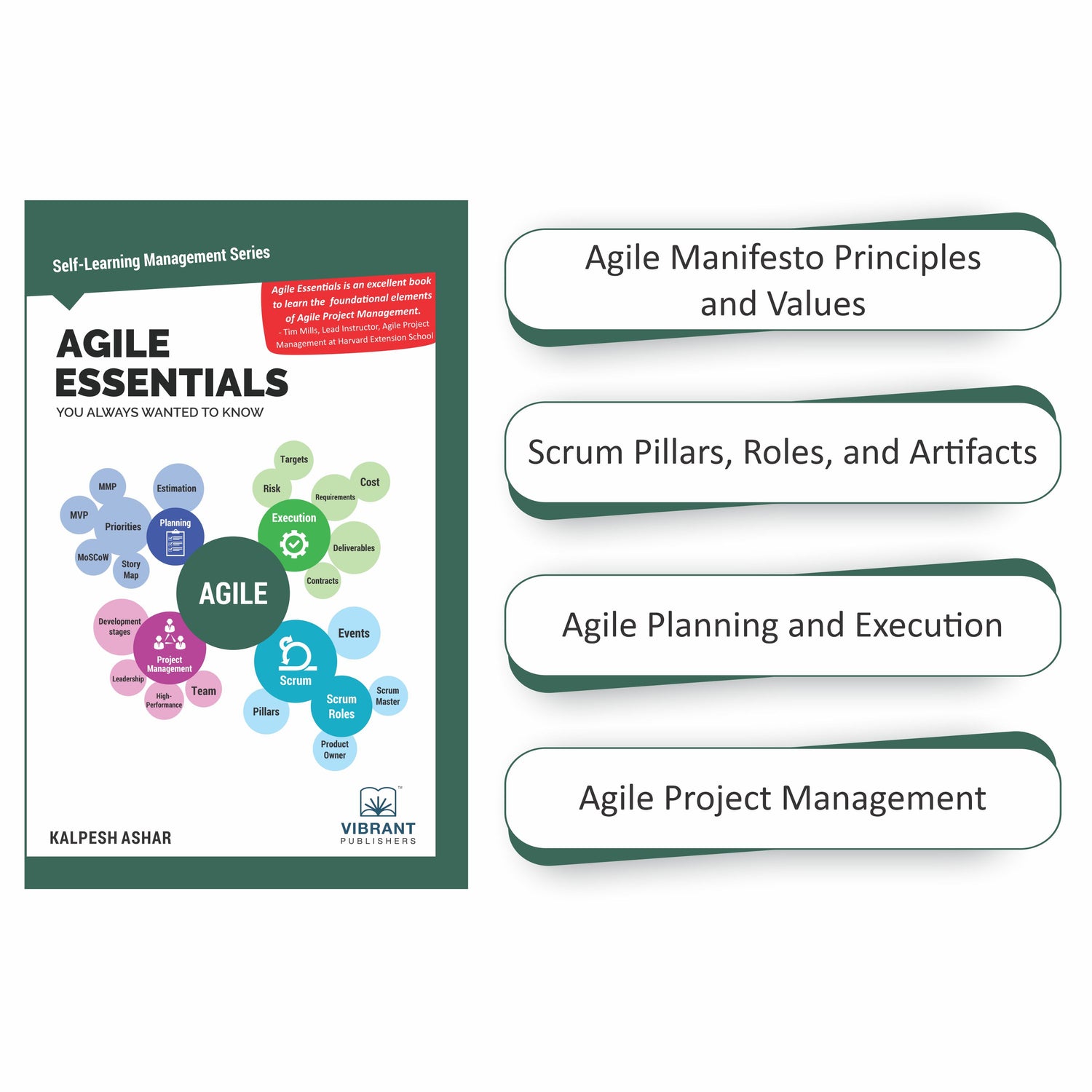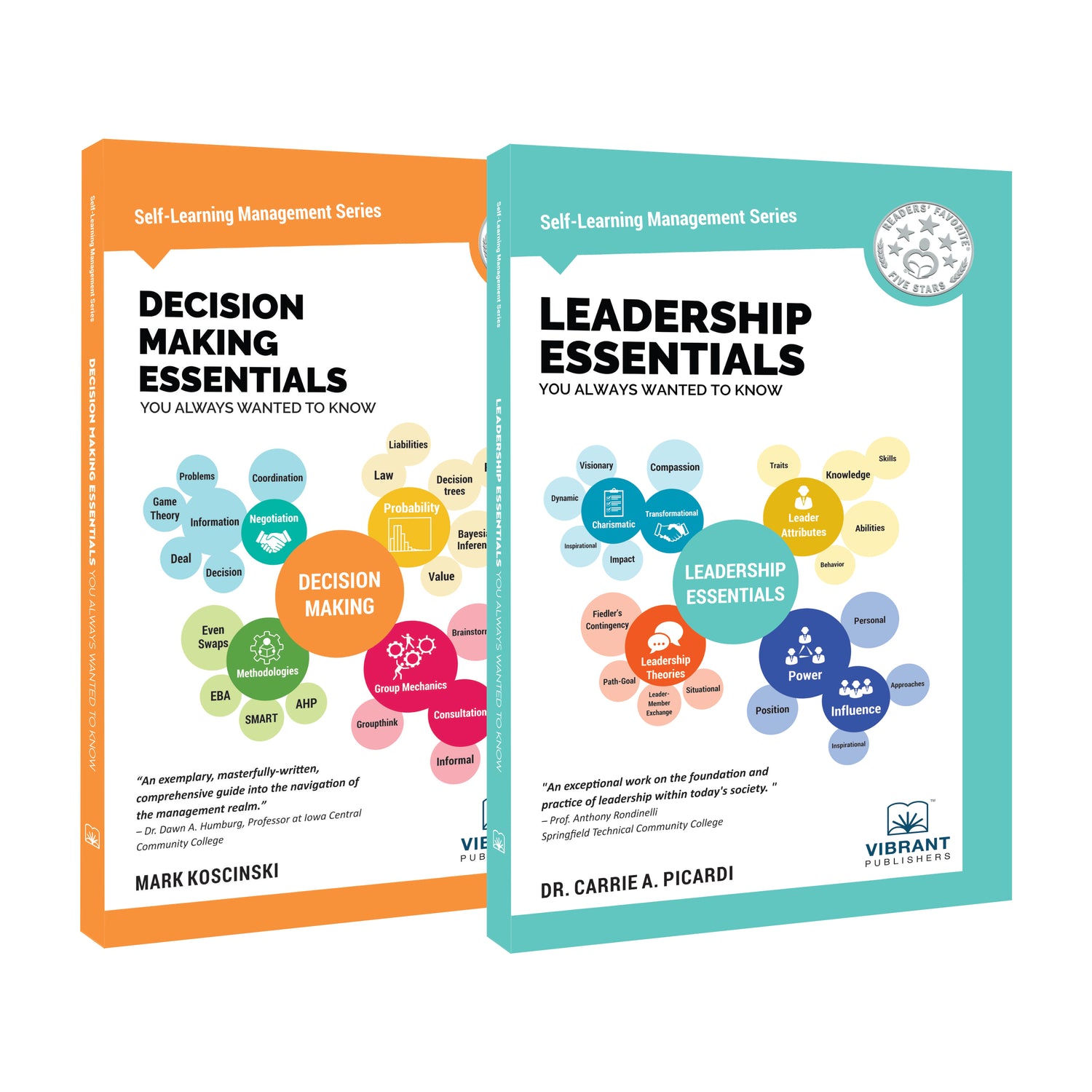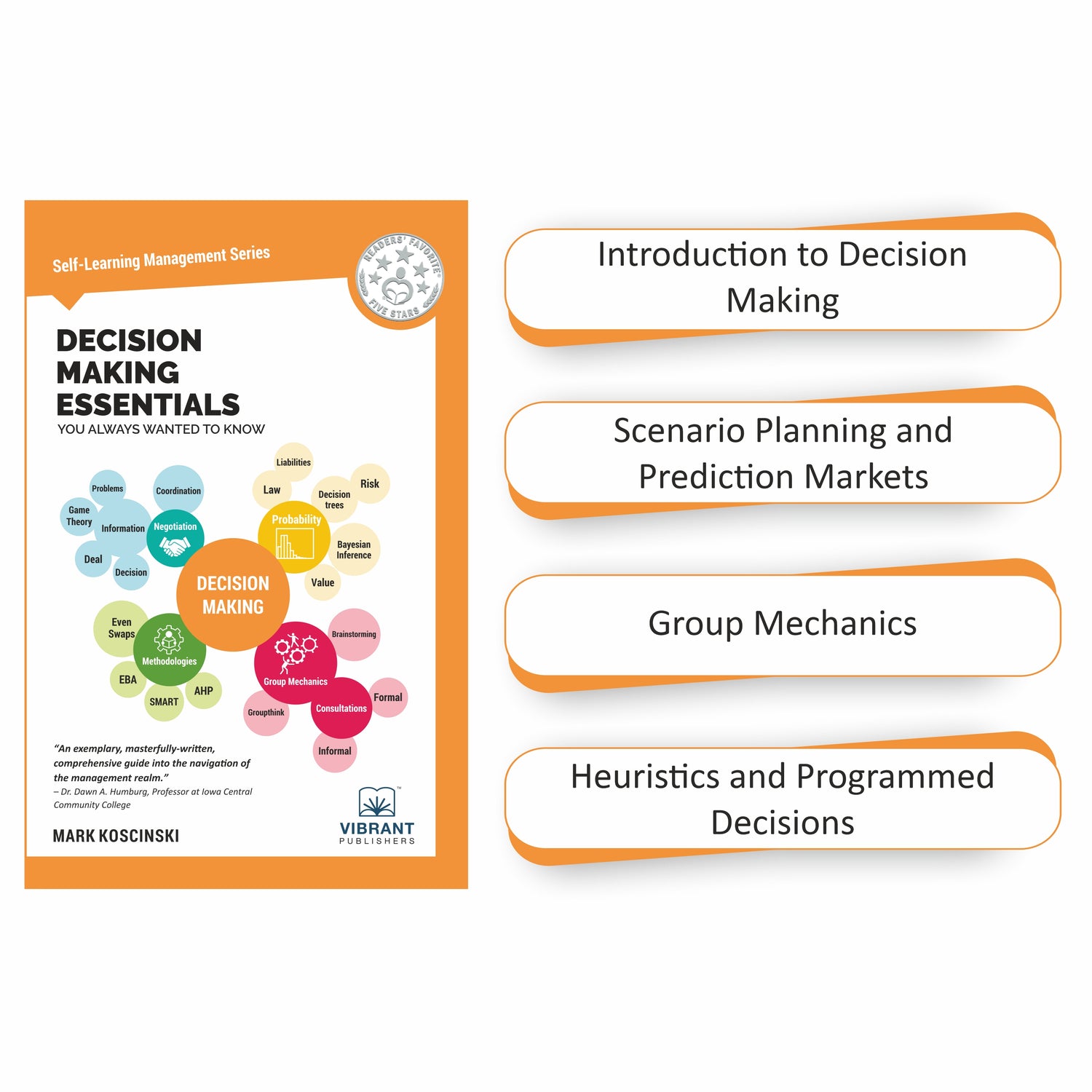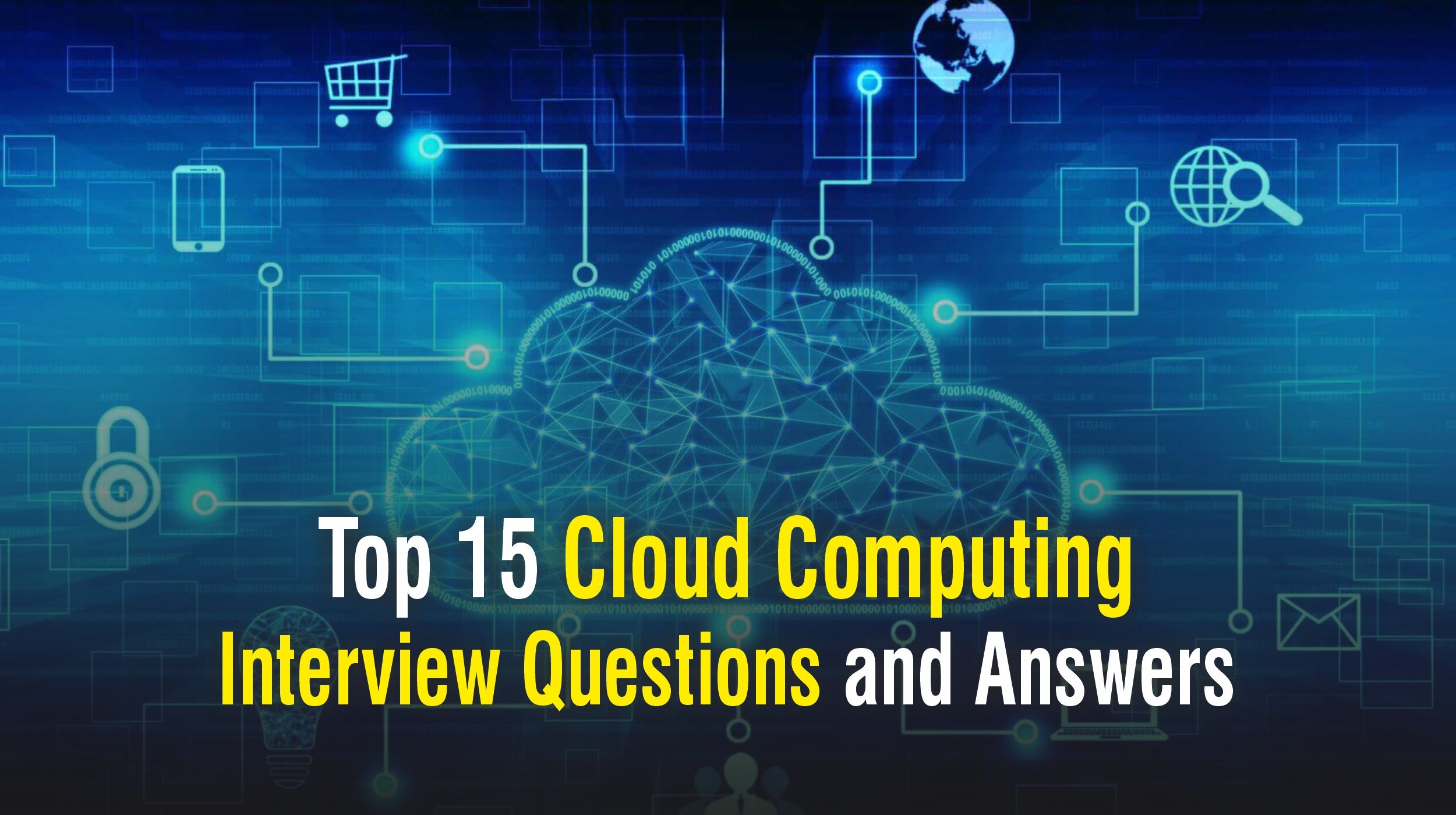
Top 15 Cloud Computing Interview Questions and Answers
According to Burning Glass, occupations that leverage the Cloud are expected to rise by 14.7% in the next 10 years. Candidates aspiring for cloud computing jobs need to have the right skills and knowledge to prove they can seamlessly implement and maintain a cloud environment in their organization.
Users’ requests for content originating from all over the world are algorithmically directed to the servers that are optimal. Optimality is determined by either fewest network hops to reach the origin server, the least number of network seconds from the origin server, or the degree of availability of the servers.
CDNs can improve the user experience by quickly transferring HTML pages, JavaScript files, stylesheets, images, and videos. Benefits for the CDN provide include, reduced bandwidth costs, improved page load times, and increased global availability of the content.
Following are some of the job roles that demand Cloud Computing skills:
- Software Developer/Engineer
- Computer Systems Engineer/Architect
- Network Engineer/Architect
- Cyber/Information Security Engineer/Analyst
- Web Developer
- Database Architect
- Data Engineer
- Network/Systems
- Administrator
- Business Intelligence Architect/Developer
If you dream of being in any of the above secure and high-paid job roles, you need to be well-prepared before you go for the job interview.
Here are 15 Important Cloud Computing Interview questions & their answers for your reference:
1) What are the six major benefits of Cloud Computing?
- You get access to a big range of applications without having to actually own them
- Advantage of mobility – Excess anything, anywhere
- Cost efficient
- Effective resource sharing
- Pay for what you use, rather than paying for what you own
- On-demand scalability at any instance
2) What are the disadvantages of using public Internet for Cloud Computing?
Lack of end-to-end QOS (quality of service)
- Service-level agreements (SLAs) are difficult to reach
- Latency problems are widespread
- Downtime is out of your control
3) What factors determine the amount of bandwidth required by a Cloud?
- The Internet bandwidth between the cloud and your
- organization
- The round-trip time between the cloud and your organization
- The actual response time of the cloud
4) What factors can be used to valuate a SaaS setup?
The following factors are important as applied to SaaS:- Time to value
- Trial period – How long is the trial period of the service?
- Low entry costs
- Offered Service – What is the level of service required?
- Total Investment – How much investment is required in your choice of Cloud?
- Security – How secure is your data?
- Reduced Capital Expense – How much you save when you switch to another service
5) What are some advantages of Software Plus Services in SaaS?
- The software associated with Software Plus Services is usually smaller and sleeker than a full-scale deployment.
- The deployment model comes in handy when the cloud is down or the cloud vendor has technical problems he needs to fix.
- Software plus Services periodically checks and updates the local software with current information.
6) What are the critical network variables that must be considered to choose a Cloud Service Provider?
Some network variables important in the selection of a Cloud Service Provider include:
- Connection speed
- Lag time – General network latency
- Deployment latency – Lag time faced during a fresh cloud deployment
- Datastore delete time – How quickly data is deleted from the cloud
- Datastore read time – Speed at which data is read from the data store
7) What is an IPS?
An IPS or Intrusion Prevention System is a device or software that analyzes the network traffic to the Cloud, to detect and prevent malicious activities or security policy violations. An IPS is placed in the direct communication path between end users of the Cloud and the Cloud to actively analyze and take automated actions on all traffic to and from the Cloud. An IPS typically sends alarms to the administrative team, dropping malicious traffic, blocks traffic from the malicious sources, and terminates the malicious connections.
8) What is SAML?
SAML is short for Security Assertion Markup Language. SAML is a widely used standard where Service Providers (SP) receive authorization credentials from Cloud Identity Providers (CIdPs). SAML enables Single-Sign On (SSO), which means, once you have logged in the first time SAML uses the same credentials to automatically log in and access multiple portals/resources on the Cloud. SAML uses Extensible Markup Language or XML for communication between the identity provider and service providers. SAML is the link between the authentication of a user’s identity and the authorization to use a service.
9) When should a service provider go for a Hybrid Cloud?
Service providers going for private clouds as well as public clouds may consider a hybrid cloud. Rendering services of another cloud for their public cloud may seem like a good idea if they want to adopt a fail-safe strategy and maintain both clouds.
10) Describe the APEX platform.
Apex is a development platform that is meant for creating SaaS applications that can serve as an add-on to Salesforce.com’s CRM (Customer Relationship Management) functionality. Developers can actually go ahead and create SaaS applications by using Salesforce.com’s client-server interface and its back-end database.
11) In the context of Cloud Computing, what is a CDN?
A Content Delivery Network, or CDN is made of a geographically distributed group of servers that deliver content quickly to users. CDN providers mirror the content on the servers and place them strategically around the globe. The servers in the CDN setup are called edge servers because they are at the edge of the CDN Cloud.Users’ requests for content originating from all over the world are algorithmically directed to the servers that are optimal. Optimality is determined by either fewest network hops to reach the origin server, the least number of network seconds from the origin server, or the degree of availability of the servers.
CDNs can improve the user experience by quickly transferring HTML pages, JavaScript files, stylesheets, images, and videos. Benefits for the CDN provide include, reduced bandwidth costs, improved page load times, and increased global availability of the content.
12) What are the different deployment models that can be used to run a Cloud database?
- Virtual Machine Image – In this variation, users can buy virtual machine instances for a certain period of time. The database can then be run on these virtual machines by the user.
- Database as a Service – Rather than offering virtual machines, some providers offer readymade databases. The databases are installed and maintained by the providers.
13) What is the difference between Cloud’ and ‘Hosted’ services?
The major difference between these entities is the mode of billing. In a hosted service, a fixed rate is paid for the used services whereas in the case of cloud services, you pay according to usage. A good example of a hosted service is buying a domain. You pay a fixed price for the domain regardless of the usage. On the other hand, a good example of a Cloud service is Google Apps where you pay per usage.
14) When should one opt for a private cloud?
You should go for a private cloud if you need to:- test and develop application code
- have SaaS applications from a vendor with security concerns
- go for scalability
- do a collaboration project
- develop software using PaaS
15) What is a Cloud Bridge?
Cloud Bridge is the act of running an application in order to integrate it with multiple Cloud environments. The multiple Cloud environments can be public, private, or hybrid clouds.
For more tips on how to ace other aspects of your interview, do check out our book HR Interview Questions You’ll Most Likely Be Asked (Third Edition).
Share

